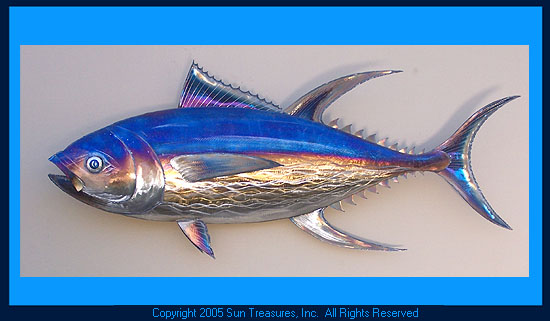

If the output color space is not the same bit depth as input color space, it is your responsibility to set the data format to the proper bit depth using the -d option. Ĭreate 1-tile textures from constant color inputsĬreate 1-channel textures from monochrome inputsĬreate cubic env map (file order: px, nx, py, ny, pz, nz) (UNIMP)Īpply a color space conversion to the image. Mscreen %f %f %f %f %f %f %f %f %f %f %f %f %f %f %f %fĮmbed SHA-1 hash of pixels in the header (deprecated. Mcamera %f %f %f %f %f %f %f %f %f %f %f %f %f %f %f %f

Select filter for resizing (choices: box triangle gaussian catrom blackman-harris sinc lanczos3 radial-lanczos3 mitchell bspline, disk, default=box)Ĭheck for NaN/Inf values (abort if found). Resize textures to power of 2 (default: no)ĭo not resize textures to power of 2 (deprecated) Specify wrap mode (black, clamp, periodic, mirror) Use planarconfig separate (default: contiguous)įield of view for envcube/shadcube/twofish Set the output data format to one of: uint8, sint8, uint16, sint16, half, float Specify the number of output image channels. Specify output file format (default: guess from extension)

Extra argsĪdd any custom arguments that maketx accepts from the maketx options. PresetĬhoose a pre-defined preset of options, Arnold always adds -oiio to the maketx options. The number of CPU threads to use for the conversion. Unpremult the input texture before conversion. Check NaNsĬheck for and warn for Nan values in the source texture. Show information on the conversion of the texture to. tx files if there is a new version of the input texture. The default parameter uses the flags -u (update image) and -oiio (OpenImageIO). TX OptionsĮnables you to add parameters to the conversion process. Remove the selected attribute from the list. AddĪdd a new node type and attribute to search for in the scene. Scan attributesĪ list of node types and attributes to scan for file texture paths. Set options for finding textures in the current Maya scene. Uses the textures files that exist within the 'Textures Folder'. Click the file pathname to view the texture in the Attribute Editor Use Folder Textures


 0 kommentar(er)
0 kommentar(er)
